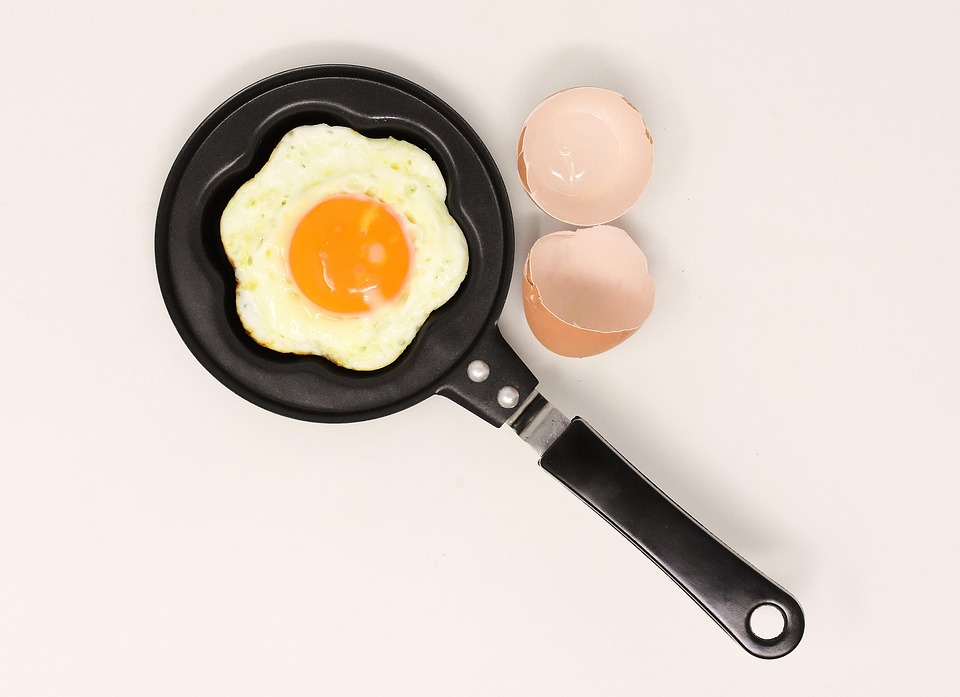Elevate Your Meals: Creative Ways to Incorporate More Protein into Your Diet
In the modern world of nutrition, protein stands out as an essential macronutrient, vital for muscle repair, immune function, and overall health. While many people are familiar with traditional protein sources such as meat, eggs, and dairy, there is a plethora of creative ways to incorporate more protein into your meals. This article delves into innovative techniques, unique food combinations, and practical tips that elevate your meals while ensuring a protein-rich diet.
Understanding Protein
Before we dive into creative ways to increase protein intake, let’s first understand what protein is and why it matters. Proteins are made up of amino acids, which are the building blocks of the body. They play a crucial role in various bodily functions including hormone production, enzyme activity, and tissue repair. The Recommended Dietary Allowance (RDA) for protein is approximately 46 grams for women and 56 grams for men, but many experts suggest higher intakes for active individuals[^1].
Types of Protein
Proteins can be classified into two categories: complete proteins and incomplete proteins. Complete proteins contain all nine essential amino acids required by the body, while incomplete proteins lack one or more of these amino acids. Animal-based foods, such as meat, fish, eggs, and dairy, are typically complete proteins, whereas plant-based foods often provide incomplete proteins. However, by combining various plant-based sources, it is possible to create complete proteins[^2].
Creative Ways to Incorporate More Protein
1. Breakfast Innovations
Protein-Packed Smoothies
Start your day with a nutrient-dense smoothie. Combine Greek yogurt, a banana, a scoop of protein powder, and spinach. This not only boosts your protein intake but also includes vitamins and minerals essential for health.
Chickpea Pancakes
Replace regular flour with chickpea flour to create pancakes. Chickpeas are high in protein and fiber, making your breakfast both filling and nutritious.
Savory Oatmeal
Instead of the traditional sweet oatmeal, go savory. Cook oats with vegetable broth, and mix in diced eggs, spinach, and nutritional yeast for a protein-rich meal.
2. Lunch Enhancements
Quinoa Salad
Quinoa is a complete protein and can be used as a base for salads. Add vegetables, nuts, and a dressing of your choice. This dish is versatile and can be easily customized.
Hummus and Veggies
Hummus, made from chickpeas, is a fantastic source of protein. Use it as a dip for a variety of vegetables or spread it on whole-grain bread.
Edamame Bowls
Incorporate edamame into your lunch bowls. These young soybeans are rich in protein and can be mixed with brown rice, sautéed veggies, and a light dressing.
3. Snack Smart
Trail Mix
Create your own trail mix with nuts, seeds, and dried fruit. Almonds, pumpkin seeds, and walnuts are all high in protein and healthy fats.
Cottage Cheese with Fruits
Cottage cheese is another excellent source of protein. Pair it with pineapple, kiwi, or berries for a refreshing snack.
Protein Bars
Make your own protein bars at home using oats, nut butter, and protein powder for a quick and satisfying snack option.
4. Dinner Delights
Stuffed Peppers
Stuff bell peppers with a mixture of ground turkey, quinoa, black beans, and spices. This dish is colorful, nutritious, and full of protein.
Fish Tacos
Use grilled fish as the protein source for your tacos. Add cabbage, avocado, and a squeeze of lime for a beautiful and healthy meal.
Lentil Curry
Lentils are an incredible plant-based source of protein. Prepare a lentil curry with coconut milk, tomatoes, and spinach for a hearty, protein-rich dinner.
5. Dessert Options
Greek Yogurt Parfaits
Layer Greek yogurt with granola and fresh berries for a delicious and protein-rich dessert.
Protein Brownies
Make brownies using black beans or protein powder for a dessert that satisfies your sweet tooth while still being protein-rich.
6. Elevating Your Cooking Techniques
Marinating with Protein Sources
Consider marinating your meats in yogurt or buttermilk. The proteins and acids in these ingredients not only add flavor but also tenderize the meat and improve its nutrient profile[^3].
Enhancing Recipes
Add powdered protein to soups, stews, or sauces. A scoop of unflavored protein powder can be seamlessly integrated without altering the dish’s taste.
7. Exploring Alternative Protein Sources
Insects
While it may not be common in Western diets, insects are a sustainable and high-protein food source. Consider trying cricket flour or protein bars made from crickets for a unique twist.
Plant-Based Alternatives
Explore the vast market of plant-based protein sources such as pea protein, soy protein, and hemp protein powders. These can be used in smoothies, baking, and cooking.
Dairy and Non-Dairy Alternatives
Choose high-protein dairy alternatives such as soy milk or almond milk with added protein. They are great for cooking and baking, providing flexibility in your meal planning.
Tips for Increasing Protein Intake
-
Plan Your Meals: Take the time to plan meals that include a protein source at each meal. This prevents last-minute decisions that might lead to lower protein options.
-
Batch Cooking: Prepare protein-rich meals in bulk. This ensures you always have healthy, protein-packed options readily available.
-
Stay Informed: Keep track of your protein intake if you’re aiming for specific dietary goals. Numerous apps can help you monitor your macronutrient intake.
-
Experiment with New Recipes: Don’t be afraid to experiment. Try new recipes or cuisines that emphasize protein-rich ingredients.
-
Hydrate Wisely: Protein digestion requires water. Ensure you’re drinking enough fluids, especially if you’re increasing protein intake[^4].
Conclusion
Incorporating more protein into your diet doesn’t have to be boring or repetitive. With creativity, planning, and the willingness to explore new flavors and ingredients, you can elevate your meals and benefit from the numerous advantages of a protein-rich diet. Whether you’re a meat lover, vegetarian, or vegan, there are endless possibilities to ensure you’re getting enough protein to support your lifestyle.
By employing some of these strategies and recipes, you’ll find it easier to meet your protein needs while enjoying a diverse and exciting range of meals.
[^1]: Soares, M. J., & Péron, A. (2016). Understanding Protein. Nutritional Biochemistry Journal.
[^2]: Wolfe, R. R. (2017). Protein Supplements: Is More Better? American Journal of Clinical Nutrition.
[^3]: Mahan, L. K., & Raymond, J. L. (2020). Food and Nutrition: Essential Concepts and Skills.
[^4]: Manual for the Dietetic Interns. (2021). Hydration and Protein Metabolism. Institute of Nutrition and Dietetics.


























Add Comment